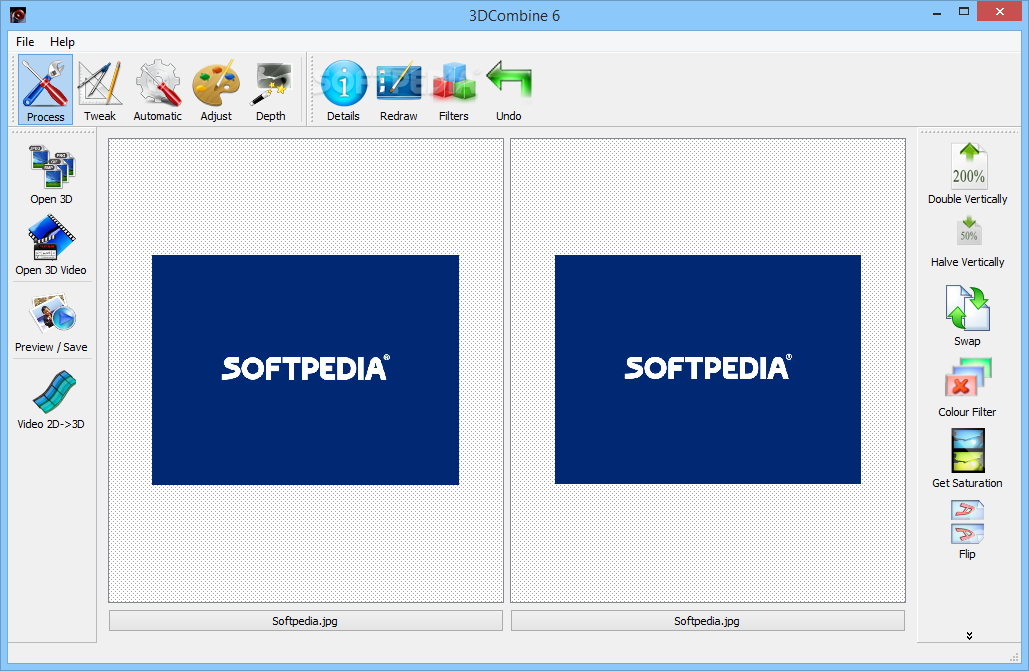24
янв
Free software download, download software for free. Free MP3 Cutter (11027) Easy Zip Tool (11016). Adventures Of Rungle (405). 3DCombine (32).
Depressive symptoms often coexist with memory deficits in older adults and also are associated with incident cognitive decline in the elderly. However, little is known about the neural correlates of the association between depressive symptoms and memory deficits in nondemented elderly. Fifteen amnestic mild cognitive impairment (aMCI) and 20 cognitively normal (CN) subjects completed resting-state functional magnetic resonance imaging (R-fMRI) scans. Multiple linear regression analysis was performed to test the main effects of the Geriatric Depression Scale (GDS) and Rey Auditory Verbal Learning Test delayed recall (RAVLT-DR) scores, and their interaction on the intrinsic amygdala functional connectivity (AFC) network activity.
3d design projects Many times we need to find 3d models for any type of project such as games, virtual reality, augmented reality, 3d visualization applications and 3d animations. Such as you are looking for specific 3d model or trying to find something interesting to manufacture with your 3d printer, this is the right place for you. 3d model j vishka. The fact that anyone can make almost any object in it's house, whether to make a prototype or some kind of gadget for it's personal use, makes it a great attraction for the general public.
Severer depressive symptoms and memory deficits were found in the aMCI group than in the CN group. Partial correlation analysis identified that the RAVLT-DR scores were significantly correlated with the AFC network in the bilateral dorsolateral prefrontal cortex (DLPFC), dorsomedial and anterior prefrontal cortex, posterior cingulate cortex (PCC), middle occipital gyrus, right inferior parietal cortex, and left middle temporal gyrus (MTG). The GDS scores were positively correlated with the AFC network in the bilateral PCC and MTG, and left DLPFC. The interactive effects of the GDS and RAVLT-DR scores on the AFC network were seen in the bilateral PCC, MTG, and left DLPFC. These findings not only supported that there were interactive neural links between depressive symptoms and memory functions in nondemented elderly at the system level, but also demonstrated that R-fMRI has advantages in investigating the interactive nature of different neural networks involved in complex functions, such as emotion and cognition.
Introduction Several clinical and epidemiologic studies have demonstrated that depressive symptoms and memory deficits often coexist in late life (;;; ). It has been reported that depressive symptoms are highly prevalent in subjects with amnestic mild cognitive impairment (aMCI), and the presence of mood symptoms increases the risk of progression from aMCI to Alzheimer’s disease (AD) (;;;; ). Similarly, the presence of cognitive deficits in patients with late-life depression is associated with future incidence of AD (; ).

The co-occurrence of depressive symptoms and memory deficits increases the risk of subsequent cognitive decline and incident AD in nondemented older adults. Recently, advances in the development and application of imaging approaches and network analyses have made it possible to investigate the underlying mechanisms of the complex relationship between depressive symptoms and memory deficits, and to study how these two behaviors are linked or interacting at the neural network level. Previous studies have employed task-driven functional magnetic resonance imaging (fMRI) experiments to investigate the functional localizations related to depression and cognition (;;;; ). These studies have identified the task-dependent brain network activation, but provide limited information as to how these regions are functionally interconnected to one another (). Recently, resting-state functional MRI (R-fMRI), as a novel technique, has been increasingly applied to study activity in the context of the neural networks, in healthy individuals, as well as patients (;;;;;;; ).
Functional connectivity measures temporal correlations between the spontaneous blood oxygenation level-dependent (BOLD) signals in different brain regions, while subjects are at rest. Therefore, R-fMRI could provide new information into how structurally segregated and functionally specialized brain networks are interconnected with network analysis methods. In general, conceptual perspectives of the relationships between anatomical sites, neural networks, and behaviors in studying cognition and emotion have been proposed (). Brain areas are connected to form networks and can be analyzed by graph theory (). The main hypothesis of this model is that multiple neural network interactions underlie behaviors, and each behavior has both affective and cognitive components. In the present study, the R-fMRI method will be employed as a powerful approach to examine the possible neural substrates responsible for linking depressive symptoms and cognitive deficits in the nondemented elderly population. 

